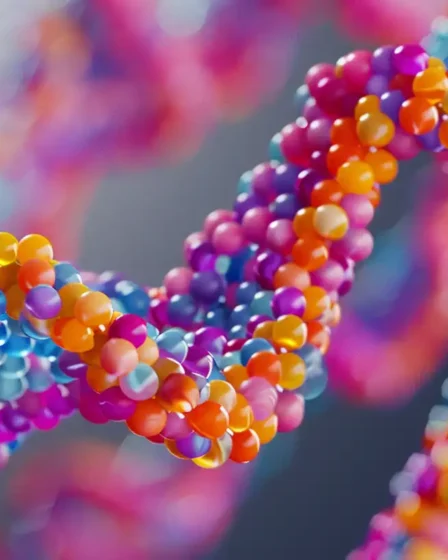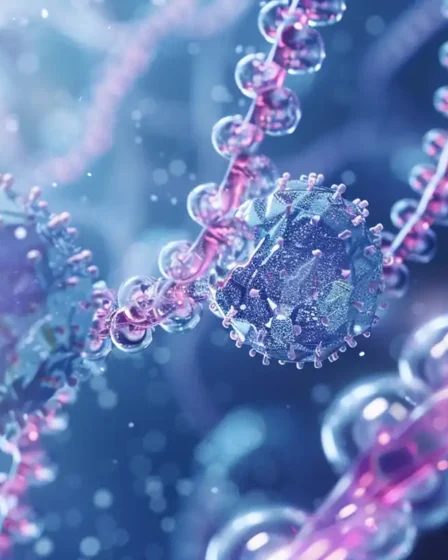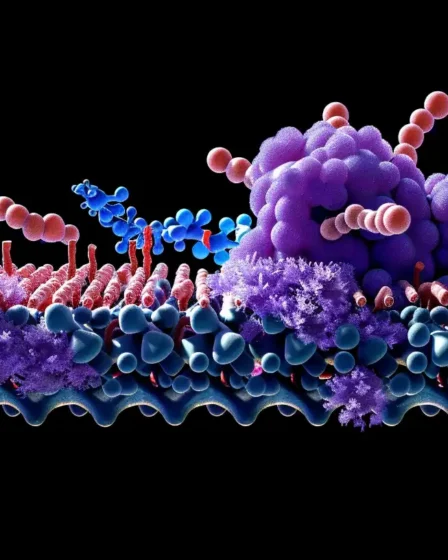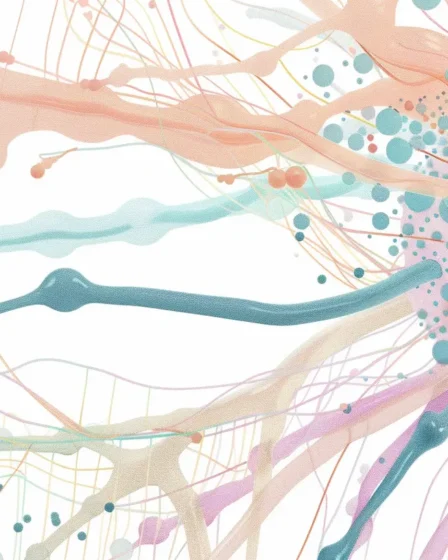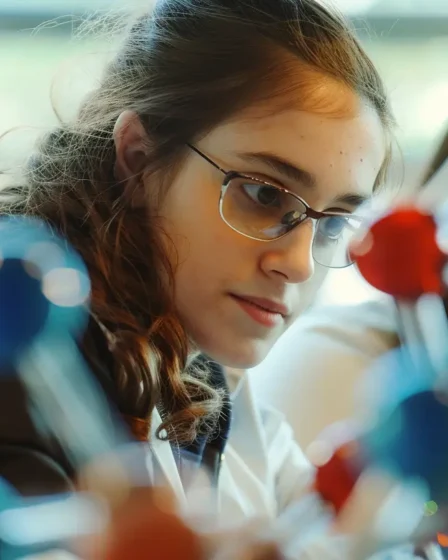A single human cell holds about two meters of DNA, yet its nucleus measures only around 10 micrometers. This tight packing isn’t random—it’s managed by specific proteins that fold and organize the DNA into structured fibers. Without this organization, the DNA couldn’t fit or function properly inside the nucleus. This study guide explains how chromatin …
Biology
Histones: Structure, Modifications and Chromatin Organisation
Somehow, nearly two meters of DNA fit inside a nucleus that’s only a few micrometers wide. Cells solve this with histone proteins. These small, positively charged proteins act like spools, helping DNA wrap around them in tight, organized loops. This structure keeps genetic material compact and prevents tangling. In this study guide, we explain how …
Translation in Biology: From Codons to Proteins
Every second, cells build thousands of proteins that shape your body—forming muscles, transporting oxygen, and controlling chemical reactions. This nonstop production depends on a process called translation in biology, where a ribosome reads mRNA and links amino acids in the correct sequence. In this guide, you’ll follow how cells decode genetic information using mRNA, tRNA, …
Transcription in Biology: From DNA to Functional RNA
When a secretary types out spoken words during a meeting, they don’t change the meaning—they copy it into another format. Cells do something similar when they make RNA from DNA. They rewrite the genetic message using a different molecule with the same information. This process is called transcription. This guide explains how transcription works from …
tRNA Structure and Function in Protein Translation
A ribosome works like a factory, but without the right delivery, production stops. In cells, that delivery is handled by a small RNA molecule called tRNA. Without it, protein synthesis can’t move forward, no matter how complete the instructions are. In this guide, you’ll learn what tRNA is, how it connects codons on messenger RNA …
Cytoskeleton in Cells: Actin, Microtubules and Motors
Under a microscope, white blood cells chase bacteria by extending parts of their membrane, gripping the surface, and pulling themselves forward. This movement happens because of thin protein filaments that push, pull, and hold the cell together. These filaments constantly change, allowing the cell to move and react quickly. This guide explains how the cytoskeleton …
Endocytosis Overview: Phagocytosis, Pinocytosis, Vesicles
White blood cells catch bacteria by wrapping their membrane around them and forming a vesicle. The cell doesn’t move or grab anything—it changes shape from the inside. This is how materials enter the cell without breaking the membrane or letting in unwanted substances. This study guide explains endocytosis, including phagocytosis, pinocytosis, and clathrin-mediated endocytosis. You’ll …
Glucagon Hormone Pathways, Metabolic Effects, and Functions
When you run or skip a meal, your body quickly releases a hormone that stops your blood sugar from dropping too low. This hormone, glucagon, tells the liver to break down stored glycogen and release glucose, keeping your muscles active and your brain alert even without new food. In this study guide, you will read …
Pyruvate Pathways, Enzymes, and Cellular Energy Basics
Muscle fatigue during intense exercise happens when cells run low on oxygen. Pyruvate starts accumulating, and your body shifts to different reactions that allow muscles to keep working. This process produces lactate, which causes the familiar burning sensation and signals that cells rely on anaerobic energy production. This study guide explains how pyruvate forms in …
Gluconeogenesis Process and Enzymes in Human Metabolism
When you skip meals or exercise for hours, your body runs low on carbohydrates. To keep working, it starts producing glucose from lactate, glycerol, and amino acids. This process takes place mainly in the liver and keeps blood sugar steady during fasting or intense activity. This study guide explains how gluconeogenesis creates glucose from non-carbohydrate …
